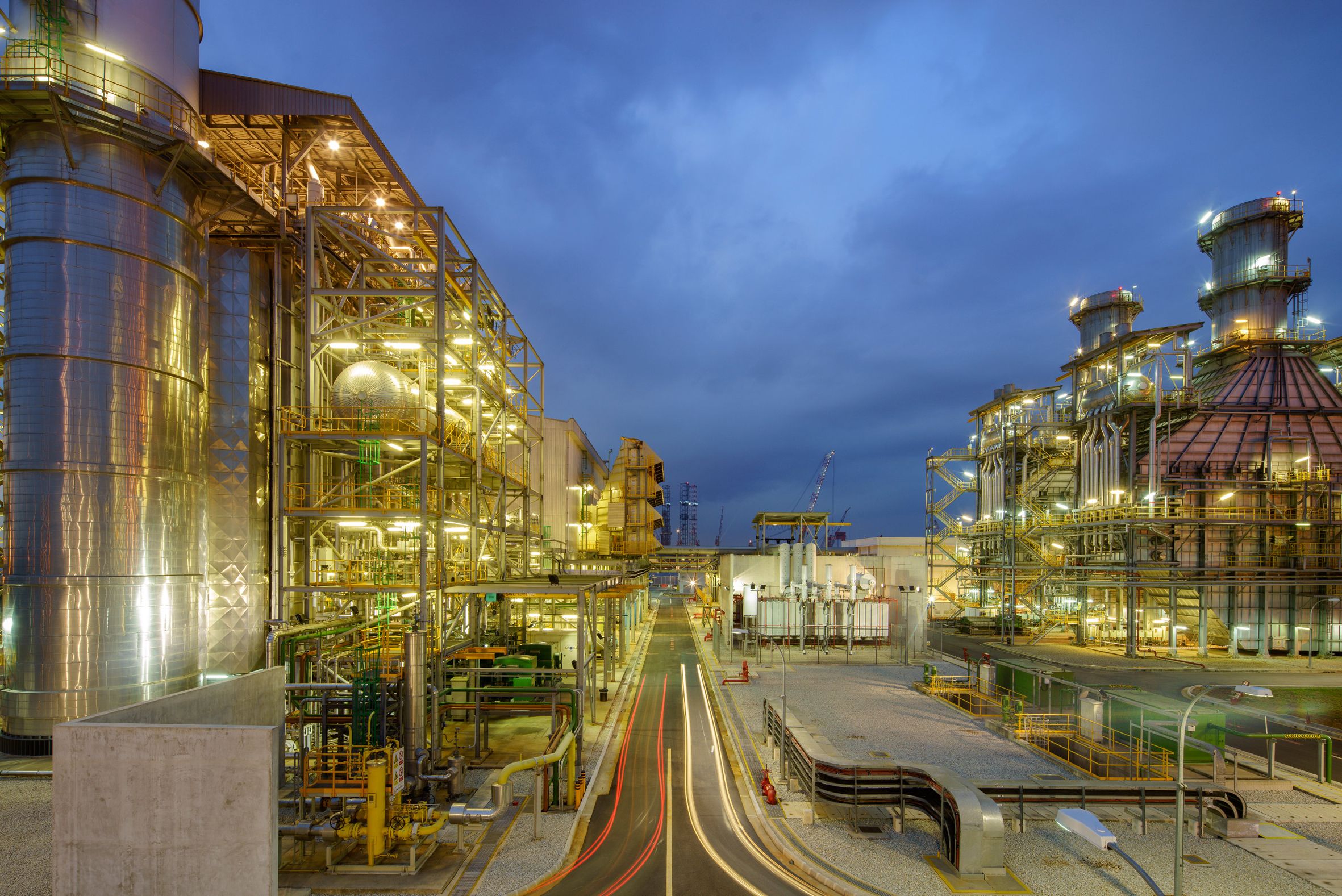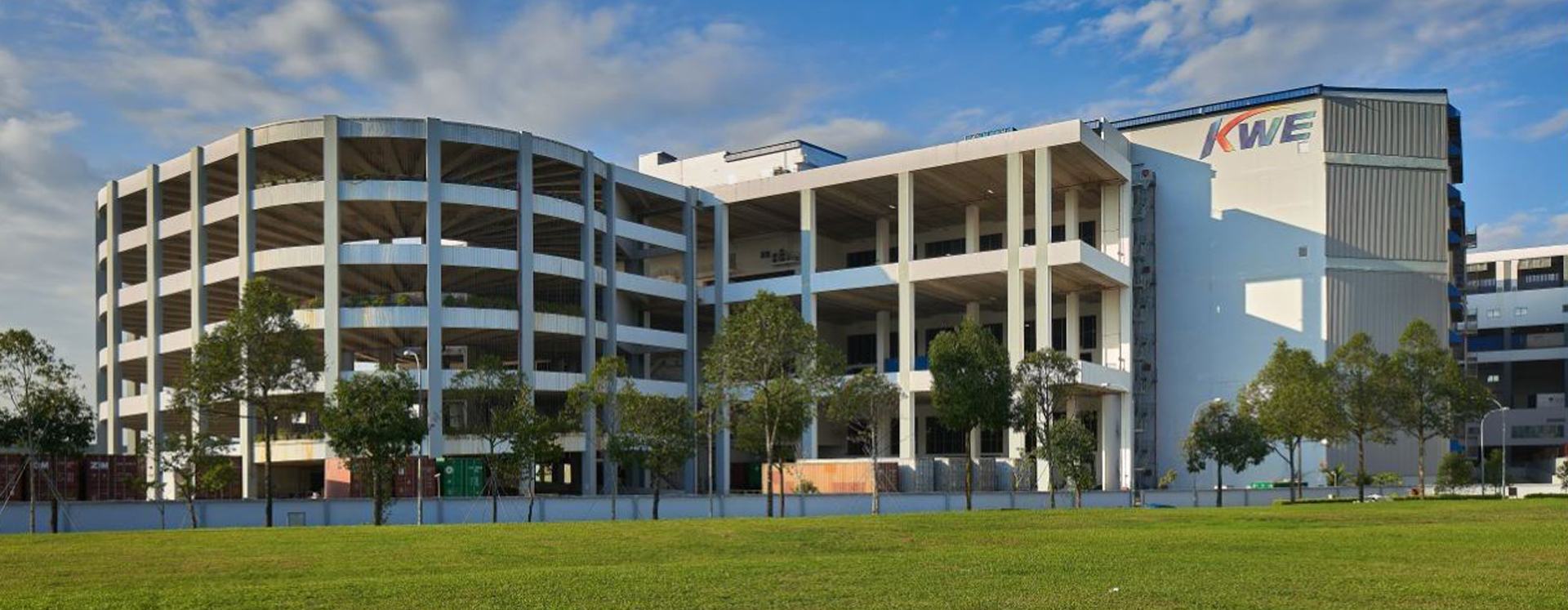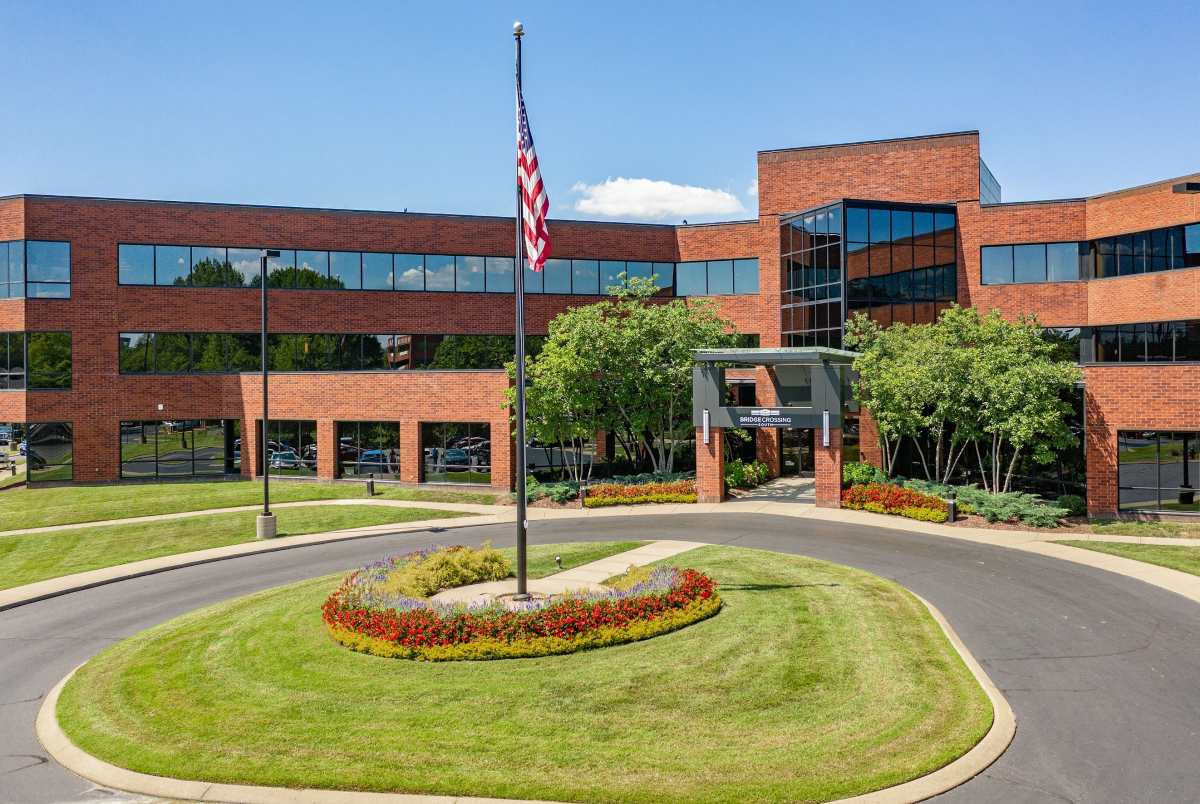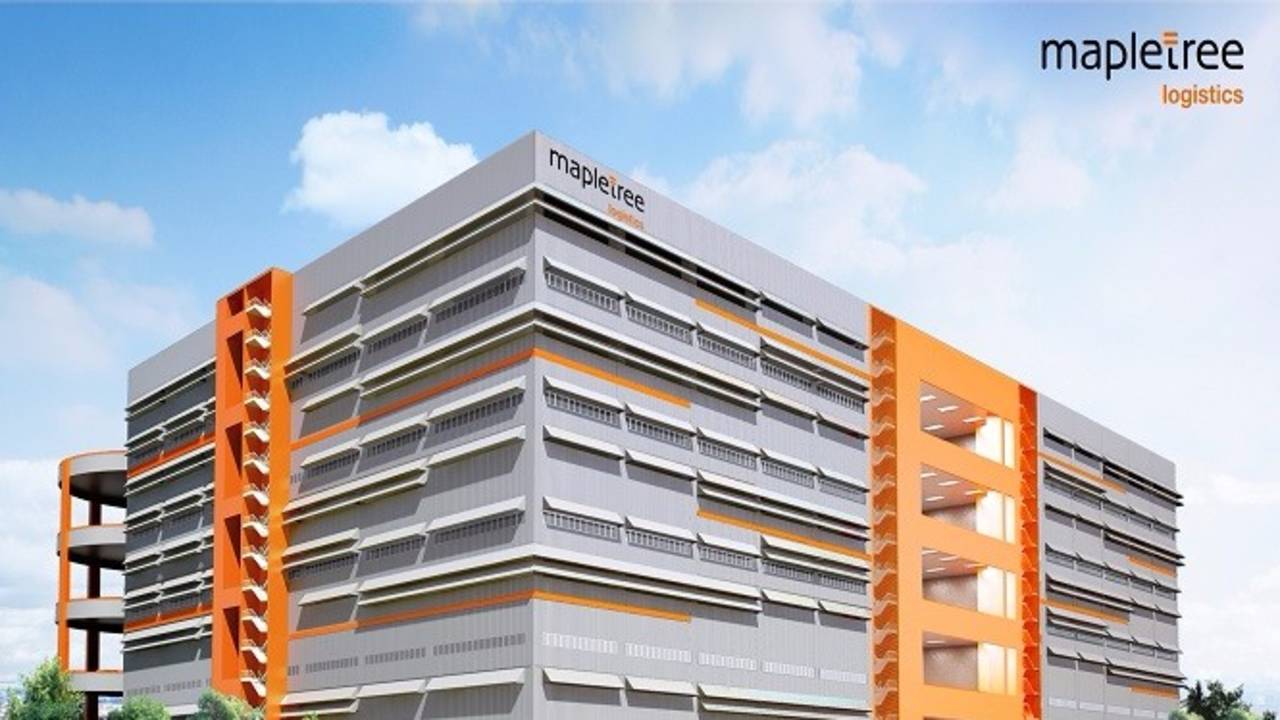Keppel Infrastructure Trust (KIT) is the largest infrastructure-focused Singapore business trust, deriving long-term predictable cash flows from a diversified portfolio of highly defensive and essential businesses and assets located in jurisdictions with well-developed legal frameworks that support infrastructure investment. The assets in key strategic areas, providing essential products and services to a wide array of customers.
These services include:
- Distribution & Network
- Energy
- Waste & Water
The breakdown of their business are as follows:
The Trust aims to provide long-term capital growth, as well as regular and sustainable distributions to its Unitholders.
Key change in 2020 was entering into a conditional agreement with its Philippine partner Metro Pacific Investments Corporation (MPIC) to fully acquire Philippine Tank Storage International (Holdings) Inc (PTSI), which owns the storage facility, the Philippine Coastal Storage & Pipeline Corporation (PCSPC). The entity that owns the largest petroleum products import storage facility in the Philippines.
The asset is strategically located in the Subic Bay Freeport Zone, Philippine Coastal is well placed to capture demand from Metro Manila, as well as Central and North Luzon, which account for more than half of oil product demand in the Philippines.
Link: Keppel Infrastructure Trust to acquire 80% of Philippine storage facility storage facility owner
Key Metrics
Free Cash Flow to Equity (“FCFE”) and Payout ratio
Unlike Real Estate Investment Trusts (“REITs”), KIT is a business trust and are not imposed the same regulations as REITs.
This gives management flexibility in determining the metrics to be used. For instance, instead of using Distribution per Unit (“DPU”) as most other REITs, Free Cash Flow to Equity (“FCFE”) was used instead. There are certain considerations that need to be taken note of which will be covered in the “Key Things to Note” section later on.
Based on the announcement on 31 March 2021, it was noted that FCFE have increased significantly by 19.6%. This was due to the acquisition of Ixom HoldCo Pty Ltd (“Ixom”). FCFE from Ixom increased in FY2020 to $88 million (2019: $49 million).
This metric is Favorable as there is an improvement in FCFE. With the improvement in FCFE, payout ratio have decreased to 82% despite no changes made to the dividend amount paid. This allows for capital reinvestments into growth initiatives that will deliver long-term returns for unitholders.
Capacity
KIT uses Capacity rate unlike REITs which uses Occupancy rates. As at 31 December 2020, KIT have met and fully utilized their capacity requirements. This is considered to be Favorable.
Gearing Ratio
Gearing ratio stands at 32.1% as at 31 December 2020. This to me is considered Favorable as it means there is sufficient headroom for KIT to pursue growth opportunities.
Interest Coverage
The interest coverage ratio based on management for the trailing 12 months stands at 198 times. However it is worth noting that unlike REITs, KIT computes their interest coverage ratio based on adjusted EBITDA/net interest expense.
If using the same computation as REITs (EBIT/net interest expense), interest coverage ratio stands at 0.77 times. So while they generate sufficient cash flows to pay the interest, profits (or in this case the loss) are not sufficient to cover the interest expenses. This is Unfavorable in my opinion.
Debt Maturity Profile
Weighted average term to maturity of their debt stands at 2.9 years as at 31 December 2020. This is Favorable and it allows them sufficient time to refinance their debts as they fall due.
Price to Book Ratio
The Price to Book (“P/B”) ratio currently stands at 2.427 This is computed using the closing share price of SGD0.555 on 18 June 2021 and the net asset value per share of SGD0.229 as at 31 December 2020.
The P/B ratio is Unfavorable as there are other business trusts, such as Ascendas India Trust and NetLink NBN Trust, which have lower P/B ratios as at 18 June 2021.
Dividends
KIT have been able to sustain their dividend payouts of SGD 0.00372 per share annually based on their operating cash-flows. This translates to a healthy 6.70% dividend yield based on the current share price of $0.555 per share, and they have not missed their dividend payments since 2016.
Using their free cash flow to equity as a benchmark, this represents a payout ratio of 82%, which allows for capital reinvestments into growth initiatives that will deliver long-term returns for unitholders.
Do note the difference in yield for 2020 was due to the their change in dividend payout policy from quarterly to semi-annually. There was thus no payout in September 2020.
Possible Expansion Targets
Hyflux
It was rumored that KIT is one of the bidders for Hyflux assets. KIT is interested in the TuasOne waste-to-energy plant and the remaining 30% in the SingSpring desalination plant that it doesn’t own already. KIT has contractual rights to acquire the 30% stake in the SingSpring plant and to take over the operations. Due to confidentiality as the discussions are ongoing with Hyflux’s judicial manager, there are no further concrete announcements made.
The acquisition of both plants would be included as Waste & Water segment under KIT’s portfolio given the nature of the services. SingSpring is already part of KIT’s Waste & Water segment, which makes up of 8.8% of KIT’s total assets at at 31 December 2020.
Website: Hyflux may fetch under S$200m in liquidation
The Waste & Water segment was also more profitable in FY2020 as compared to the Distribution & Network segment of KIT.
Assuming that KIT is able to obtain the remaining stake in SingSpring at reasonable prices, this would prove to be yield accretive for existing unit holders.
In the meantime, the TuasOne waste-to-energy plant was operational only recently, and it remains to be seen if it is a profitable project.
Website: TuasOne expected to be operational in Jan 2021, says NEA
Key things to note
Growing towards asset light
KIT has a wide range of plants and operations. By no means it is an asset light Company. However from an accounting point of view, they have been paying out dividends that are higher than their earnings. This is possible because of the high depreciation, which is a non-cash adjusting expense, resulting in high EBITDA as compared to profits.
For illustration purposes, imagine a scenario where you are in the business of car rental. The useful life of cars in Singapore companies are generally 10 years. This is due to the Certificate of Entitlement (“COE”) lasts only 10 years, and the value of the car is thus depreciated over its 10 years useful life. However, over the course of the 10 years, at the end of the useful life with the expiry of the COE, you will need to pay an equivalent amount to purchase a new car with a new 10 year COE. The new purchase would not be possible if you pay out dividends based on EBITDA and have no cash savings from the dividend expense.
What management is saying is that the assets of KIT do not have a high replacement cost at the end of its useful life. and the assets will still be able to continue to operate indefinitely. Thus they do not need to save money from the depreciation expense for a potential replacement of the assets.
The result is that the net asset value of the Company will continue to decrease as they continue to pay out the dividends sustained using EBITDA. Eventually if they would like to secure new financing, their balance sheet will seem to have insufficient assets to pledge as collateral for new borrowings.
Conclusion

In view of the above, KIT is a good investment that investors could consider for stable dividend yield. Admittedly there is limited opportunity for the Company to experience strong capital growth as compared to other industries where new breakthroughs can send the share prices skyrocketing. Any new growth is more likely to at best lead a small appreciation in share price.
As KIT is a business trust, the financials and metrics are not similar to REITs and they have different performance indicators in mind. Investors will thus have to ensure that they are comfortable with how the financials operate.
Nonetheless, KIT is a stock that I am willing to trade away capital gains for a peace of mind. Considering it has an expensive P/B ratio, investors should consider adding on retracements. A share price of SGD0.45 would be good given this historical trends and also will be 2 times its net asset value as at 31 December 2020.










